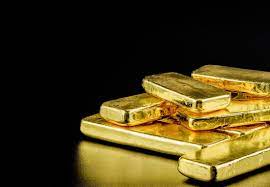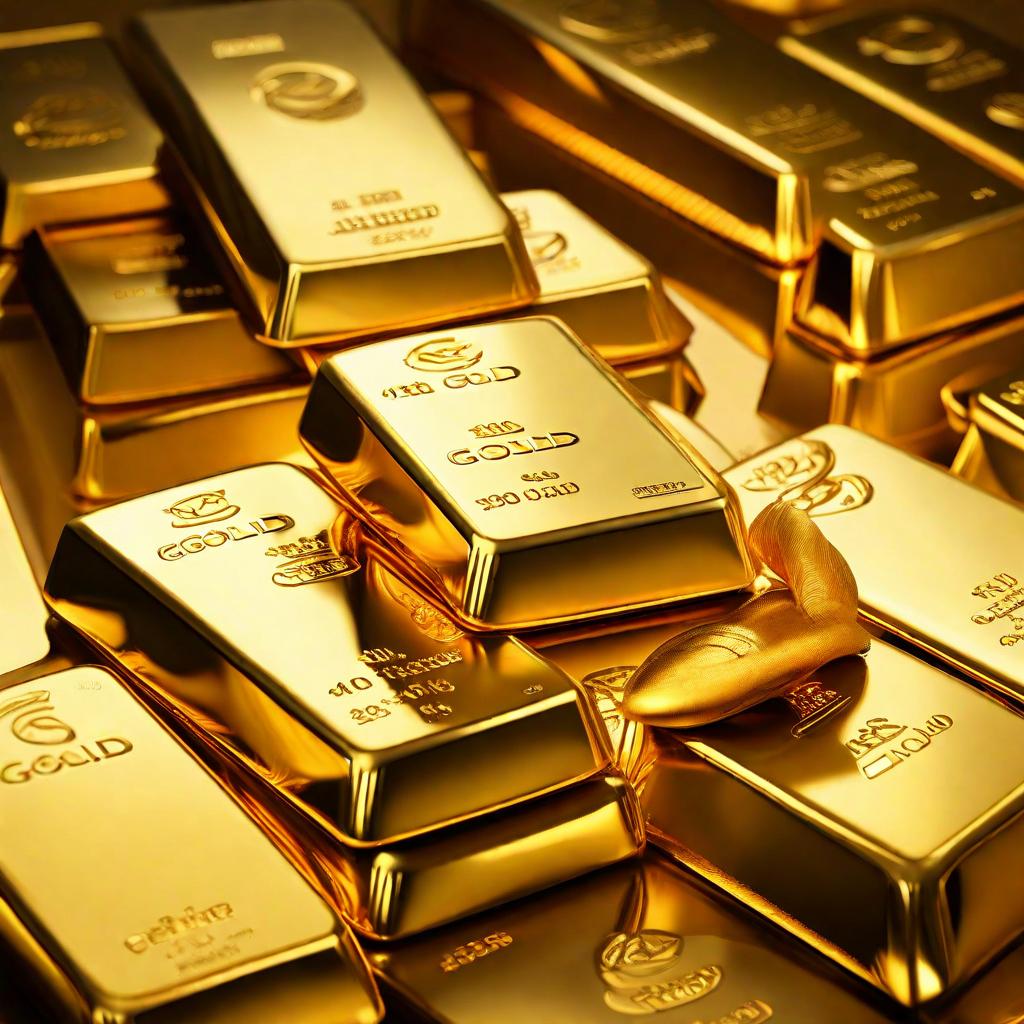Nordic Gold: Understanding Its Price Dynamics and Investment Potential
Nordic Gold, often referred to as “Nordic Brass,” is a metal alloy primarily composed of copper, zinc, and aluminum. This alloy has gained prominence in various industries due to its unique properties and applications. Understanding the price per kilogram of Nordic Gold involves delving into various factors that influence its value and exploring its investment potential.
Factors Influencing Nordic Gold Price

The price of Nordic Gold is subject to fluctuations influenced by several factors:
Market Demand and Supply:
The basic economic principle of supply and demand plays a significant role in determining Nordic Gold’s price. Fluctuations in demand from industries like electronics, automotive, and construction can impact its value.
Economic Indicators:
Macroeconomic factors such as inflation rates, interest rates, and currency strength can affect the price of Nordic Gold. Investors often turn to precious metals like Nordic Gold as a hedge against inflation and economic uncertainty.
Geopolitical Factors:
Political instability, trade tensions, and global conflicts can create volatility in the commodities market, including Nordic Gold. Uncertainties surrounding trade agreements and geopolitical events can influence investor sentiment and drive fluctuations in price.
Price Fluctuations and Trends
Nordic Gold, like other commodities, experiences price fluctuations over time:
Historical Price Movements:
Analyzing historical data provides insights into Nordic Gold’s price movements. Historical trends can reveal patterns influenced by economic cycles, market sentiment, and geopolitical events.
Recent Trends:
Monitoring recent developments in the commodities market helps investors gauge current market sentiment and anticipate future price movements. Factors such as technological advancements and shifting consumer preferences can impact Nordic Gold’s demand and price.
Uses of Nordic Gold
Nordic Gold finds applications across various industries:
Industrial Applications:
Nordic Gold’s unique combination of properties, including corrosion resistance and conductivity, makes it suitable for industrial use. It is utilized in electronics, telecommunications, and manufacturing processes.
Jewelry:
Nordic Gold is also used in jewelry production, offering an affordable alternative to traditional precious metals. Its attractive golden hue and durability make it a popular choice for fashion accessories and costume jewelry.
Investment Purposes:
Some investors view Nordic Gold as a viable investment option due to its tangible value and potential for price appreciation. It serves as a diversification tool within investment portfolios, offering stability during economic downturns.
Comparison with Other Precious Metals
When considering investments in Nordic Gold, it’s essential to compare it with other precious metals:
Gold:
Gold is often considered the ultimate store of value and is widely recognized as a safe haven asset. While Nordic Gold shares some similarities with gold, such as being corrosion-resistant, it lacks gold’s historical significance and universal appeal.
Silver:
Silver, like Nordic Gold, has industrial applications in addition to its value as a precious metal. However, silver prices tend to exhibit greater volatility compared to Nordic Gold, making it a riskier investment option.
Platinum:
Platinum is another precious metal with industrial uses and investment appeal. While platinum prices can surpass those of Nordic Gold, they are also influenced by factors specific to the automotive and jewelry industries.
How to Invest in Nordic Gold
Investors have several options for gaining exposure to Nordic Gold:
Physical Purchase:
Investors can purchase physical Nordic Gold bars or coins from reputable dealers or bullion exchanges. Owning physical metal provides a tangible asset that can be stored securely.
ETFs and Stocks:
Exchange-traded funds (ETFs) and mining stocks offer indirect exposure to Nordic Gold prices. Investors can buy shares in ETFs that track the performance of precious metals or invest in companies engaged in Nordic Gold exploration and production.
Future Contracts:
Trading futures contracts allows investors to speculate on the future price of Nordic Gold without owning the underlying asset. Futures contracts involve a commitment to buy or sell Nordic Gold at a predetermined price on a specified future date.
Sustainability and Environmental Impact
As concerns about sustainability grow, the mining industry is under pressure to adopt environmentally responsible practices:
Mining Practices:
Sustainable mining practices aim to minimize environmental impact and promote responsible resource extraction. Companies operating Nordic Gold mines are increasingly implementing measures to reduce carbon emissions, conserve water, and mitigate ecological damage.
Recycling Efforts:
Recycling Nordic Gold and other metals from end-of-life products reduces the need for new mining and conserves natural resources. Recycling initiatives contribute to a circular economy by recovering valuable materials from electronic waste and scrap metal.
Future Outlook
The future outlook for Nordic Gold is influenced by various factors:
Growth Prospects:
Continued industrial demand for Nordic Gold in sectors such as electronics and renewable energy could drive market growth. Technological advancements may also expand its applications, further boosting demand.
Potential Challenges:
Challenges facing the Nordic Gold industry include regulatory hurdles, geopolitical tensions, and fluctuations in commodity prices. Environmental regulations and community engagement initiatives are increasingly shaping the future of Nordic Gold mining projects.
Conclusion
In conclusion, understanding the price dynamics and investment potential of Nordic Gold requires considering factors such as market demand, economic indicators, and industrial applications. While Nordic Gold offers diversification benefits and investment opportunities, investors should conduct thorough research and assess their risk tolerance before making investment decisions.
FAQs
- Is Nordic Gold a rare metal? Nordic Gold is not considered a rare metal; however, its value is influenced by factors such as demand, supply, and market sentiment.
- Can I invest in Nordic Gold through an IRA? Some self-directed IRAs allow investors to include precious metals like Nordic Gold in their retirement portfolios. Consult a financial advisor for guidance on IRA investment options.
- How does Nordic Gold differ from traditional gold? Nordic Gold is an alloy composed of copper, zinc, and aluminum, whereas traditional gold is a pure elemental metal. Nordic Gold offers a more affordable alternative to gold for certain applications.
- What are the risks of investing in Nordic Gold? Like any investment, Nordic Gold carries risks, including price volatility, regulatory changes, and geopolitical factors. Investors should carefully assess these risks before investing.
- What factors should I consider before purchasing physical Nordic Gold? Before purchasing physical Nordic Gold, consider factors such as authenticity, purity, and storage options. Deal with reputable dealers and ensure proper storage to protect your investment.
PLEASE CONTACT US TO START YOUR GOLD INVESTMENT JOURNEY! CLICK HERE!!

